Elmadağ
Located in the Upper Sakarya Section of the Central Anatolia Region, Elmadağ was established on the northeastern skirts of Elmadağ, from which it takes its name, 41 km east of Ankara; It is a very old residential area. Prehistoric artifacts obtained from archaeological research show that Elmadağ and its surroundings were the scene of very ancient civilizations. According to these researches, the region, where Phrygians and Lydians lived until 547 BC, Persians and other tribes continued their existence until 84 BC, was taken over by the Roman Empire after this date. Turks, who started to settle in Anatolia after the Battle of Manzikert in 1071, became active in the region after 1073. The region, which also had its share of the Mongol attacks on Anatolia, was burned and destroyed by the Mongol army under the command of the Mongol Emperor Baycu Noyan. The west of our district, which has an altitude of 1135 m above sea level and a very rugged topography, is partially flat. There are eroded hills and ridges on the plateaus, which are split by deep valleys on all sides. Elmadağ, with an altitude of 1862 m, is located in the southwest, and Idris Mountain, a mass with an altitude of 1995 m, is located in the north. Kargalı Stream, which flows through the district and merges with Kızılırmak in the north, is a stream with an irregular regime fed by snow and rain water. Our district is located on Perme-Triassic limestones and plocene formations. Most of this area is covered with marbleized white limestone. There are thin clay layers in some parts. Limestone layers in the east and south; While it is visible on the surface, it is covered with cover layers as you move west. There is a narrow strip of alluvial soil around Kargalı Creek, which is not very thick. In the northwest, there are reddish-brown clay series belonging to the plocene. The region is under the influence of a continental climate with cold and harsh winters. Because it is high and surrounded by mountains, there are great differences between day and night and summer and winter temperatures. Snowfalls start in November and last until April. The most rainfall occurs in January. There is fog in the last months of autumn. Although the wind blows from all directions, the wind blowing from the southeast is more effective.






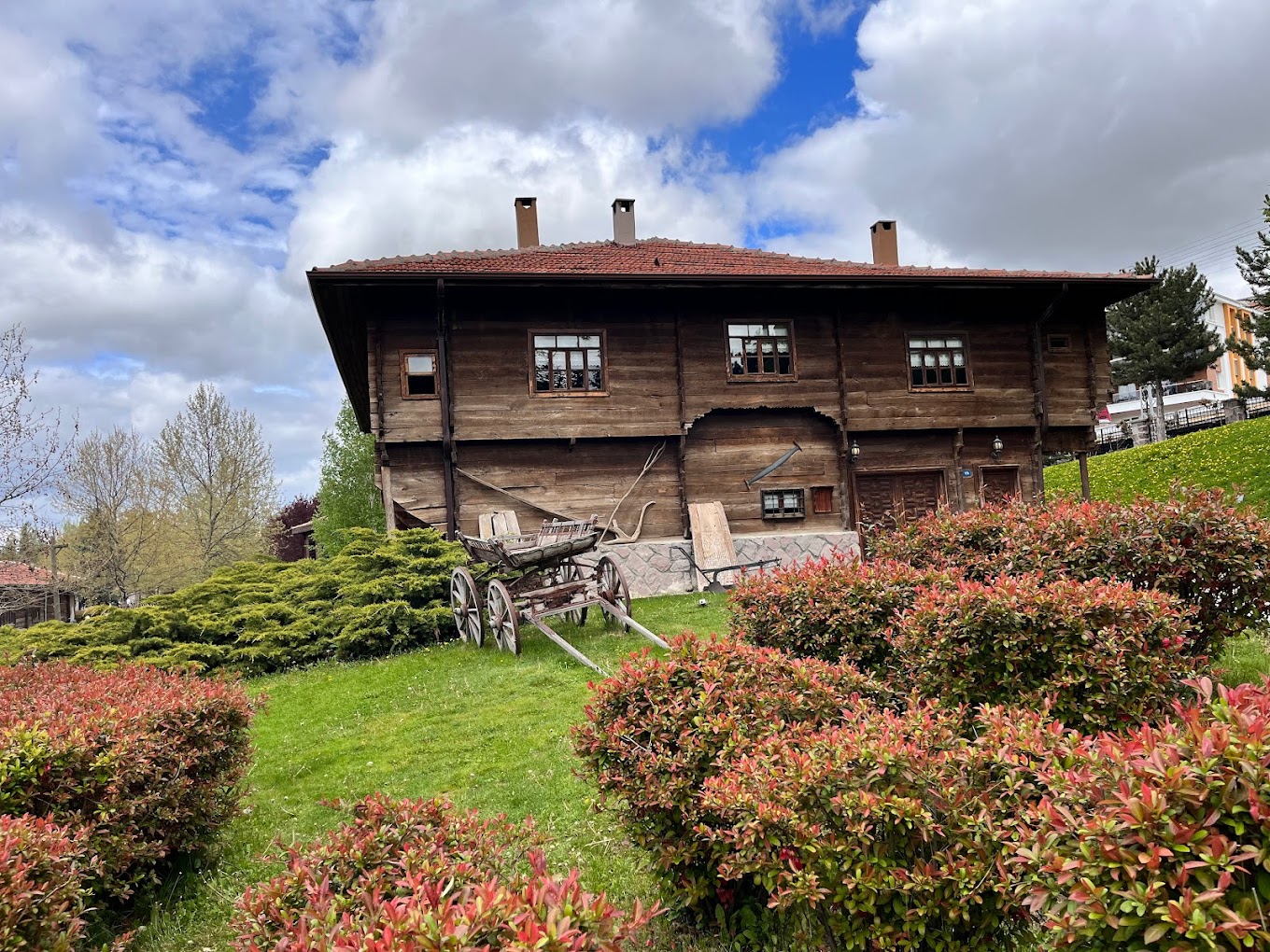
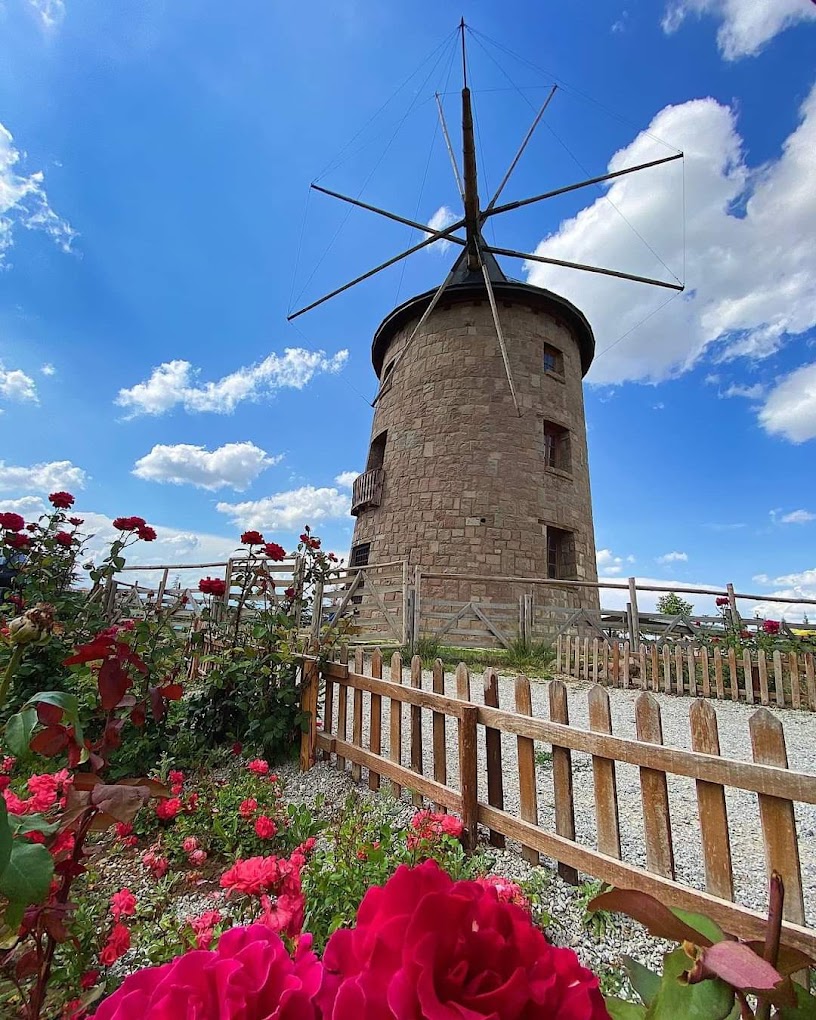
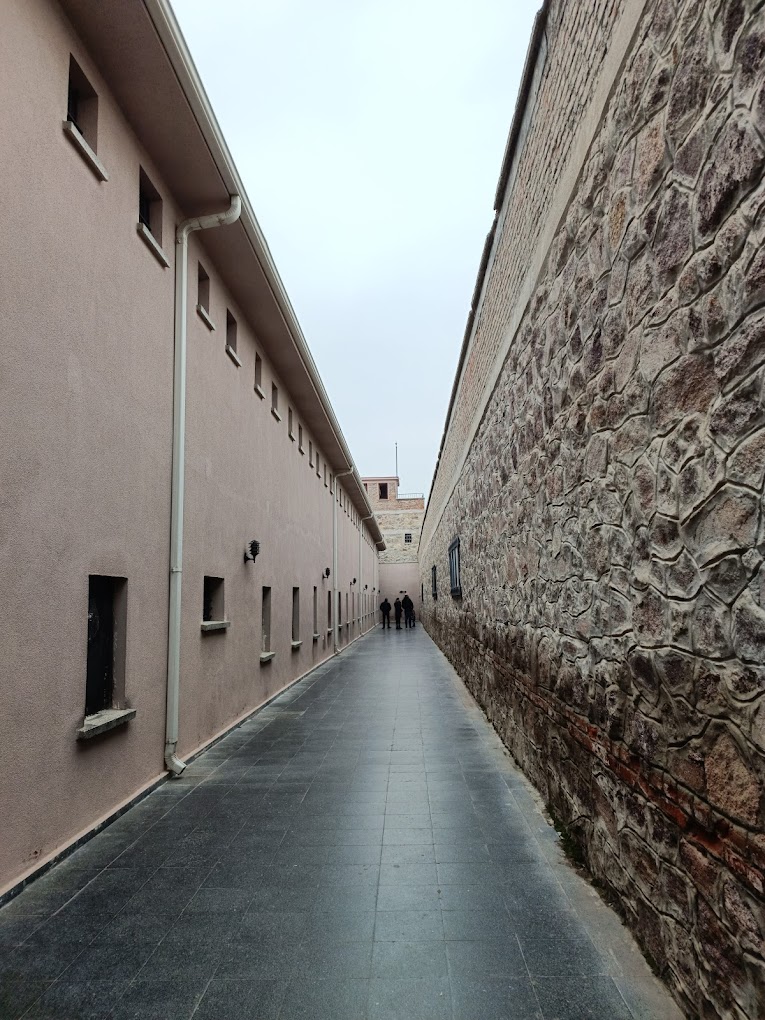
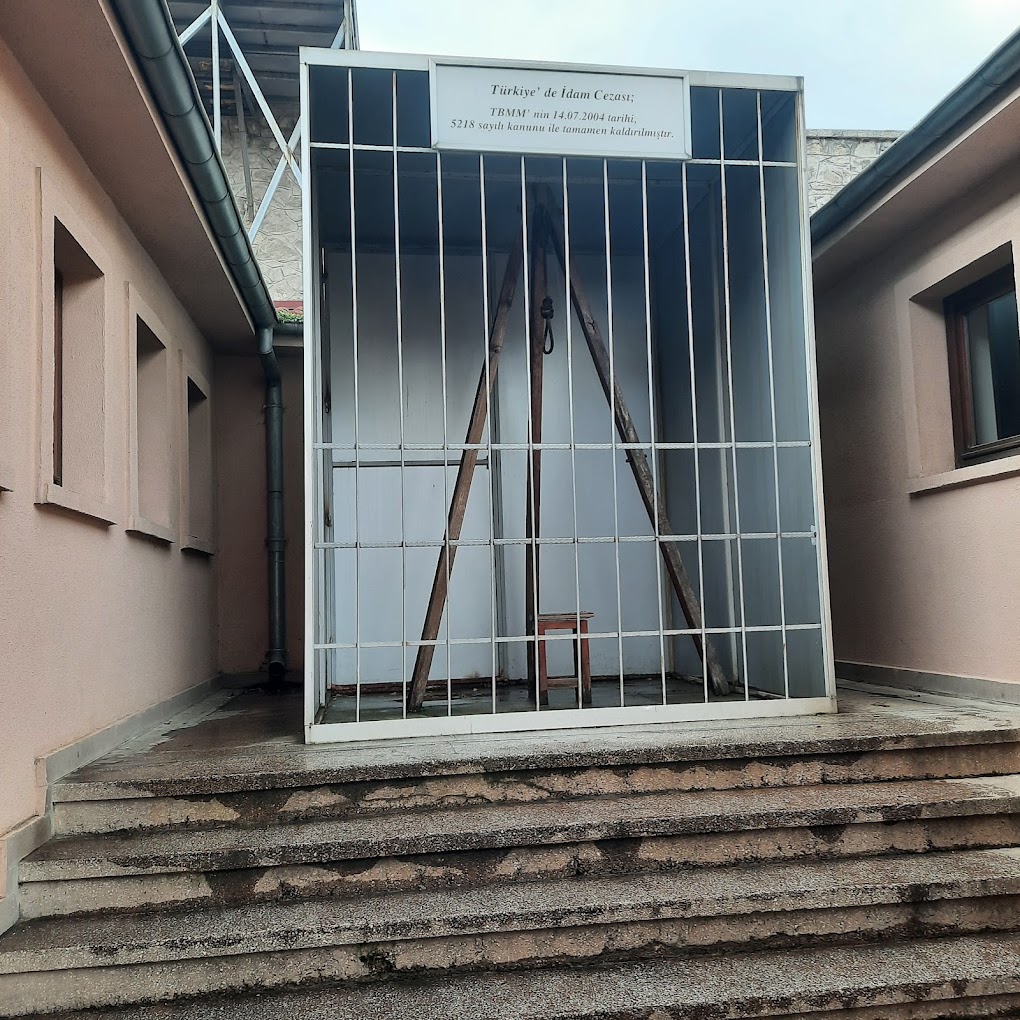
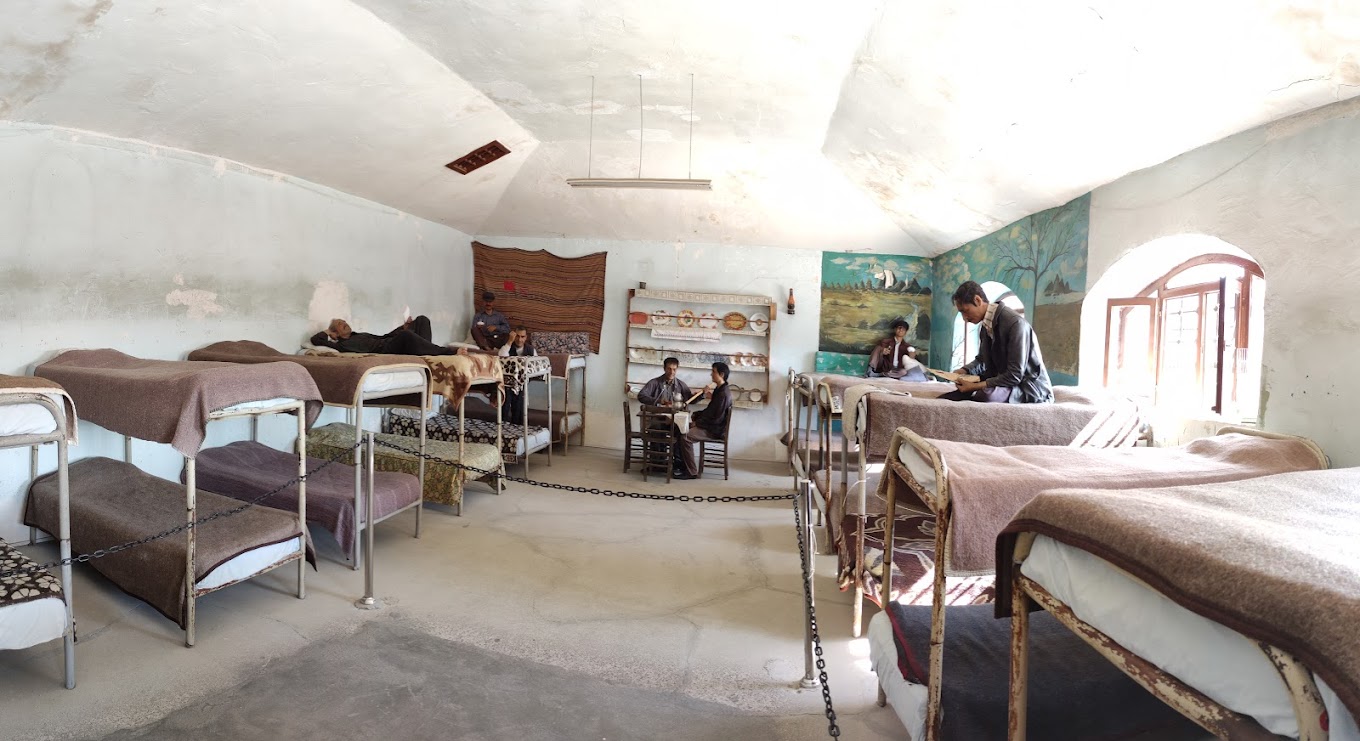
Leave Your Comments